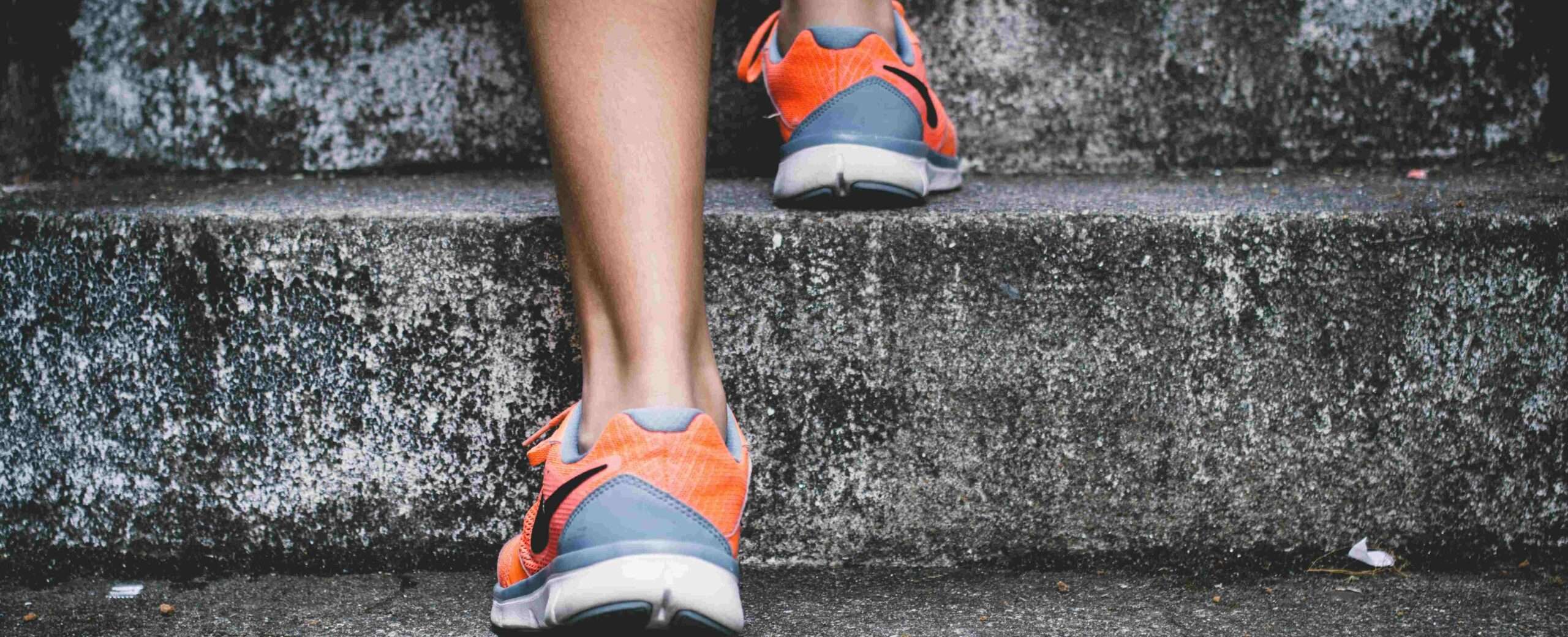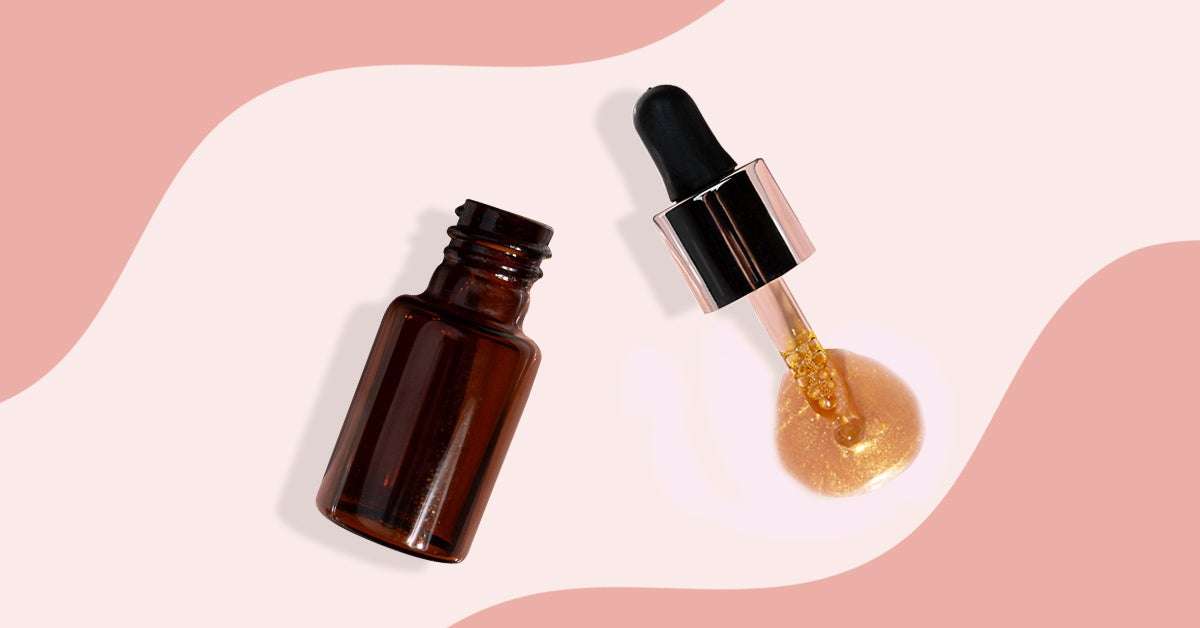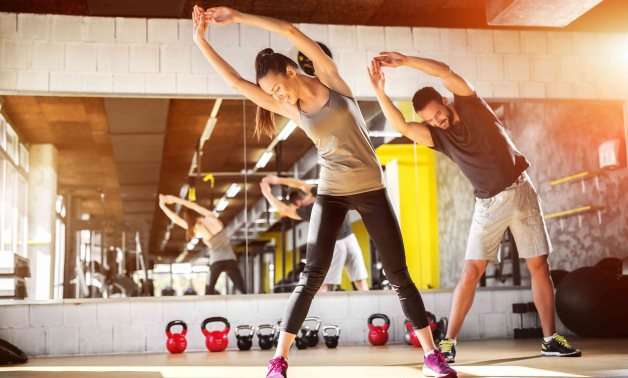The Importance of Cooling Down After Exercise
Wow, that was a great workout! You pushed yourself further and worked your muscles and stamina hard. What’s more, thanks to your pre-workout warm-up (read more about this here), your muscles were in better shape for the exercise. Great!
Though before you head off for a well-deserved shower and drink, take some time to cool-down. Let your blood pressure and breathing rate return to their normal rhythm and stretch your body out.
Most people are aware of the benefits of warming-up before exercise, but many more skip a post-workout cool down. Even though the exercise is over, cool down exercises are really important!
Setting aside a few minutes at the end of a workout to stretch out your muscles is a very rewarding habit to get into. Let’s look into why that is…

Why a Post-Workout Cool-Down is a Good Idea
There are many reasons why you should set aside some time after your workout to cool down.
Warming up before a workout is important to prevent injury while exercising and to gradually increase your heart rate.
Similarly, cooling down after a workout gradually reduces your heart rate, helps you to avoid injury, and stretches you out. All good things!
Best of all, cooling down doesn’t need to take long. Anywhere from four to ten minutes should kick your body’s recovery process off in a healthy way.
So, what are the main arguments in favour of including a cool down at the end of your exercise?
Lower Your Heart Rate
The most important reason for including a cool-down in your exercise regime is its role in lowering your heart rate. As we discussed in our post on warming up before a workout, as you exercise, your heart rate goes up and your heart pumps more blood around your body to supplement your muscles, which are working harder than usual. When you stop exercising, your heart rate slows and returns to normal.
Unfortunately, if this happens too fast it can be very dangerous. Have you ever felt light-headed or dizzy after finishing your workout or getting off the treadmill? Have you ever fainted after exercise?
If you have, it is because your blood pressure dropped too fast after you finished exercising. Going straight from your exercise to a five to ten-minute cool-down will allow your blood pressure to drop gradually and prevent any risk of injury or harm to you following your workout.
When exercising and leading an active lifestyle, it’s important to always be aware of the risks of exercise. This is especially true in extreme weather and for those with pre-existing medical conditions. Give your body time to warm up and cool down before and after exercising and avoid drastic drops in your blood pressure.

Prevent Injuries
Much like warming up, cooling down after exercise has huge benefits in preventing injuries, such as muscle tears and strains. After your muscles have worked as hard as they have, they need to be stretched out while they are still warm. What this achieves in practice is elongating your muscle fibres, as they’ve been under strain during the workout.
Going for a long run, for instance, without then stretching out your muscles can make recovery longer and more painful, and can reduce the benefits to be had from the workout.
It would be a shame to go through all that effort to become fitter and to tone your muscles, to then not take care of them once the exercise is over. We’ll look at some good muscle stretches further on.
Relax Your Mind
Exercise benefits the mind as well as the body. In addition to improving overall health, it can be a harbinger of good moods and positive outlooks. Exercise also helps to focus the mind. A five to ten-minute cool down after a workout is an excellent opportunity to look over your body’s accomplishments, your fitness and other goals, and to gauge how you are feeling overall.
It is essential to have these moments of reflection, especially given the non-stop communication channels we are all exposed to on a daily basis. Exercising and especially cooling down provide a rare opportunity for contemplation on the mind and the self, while allowing your body to begin its recovery.
Take advantage of your cool-down: it is equally important to care for the body and the mind.

How Should I Go About my Cool-Down?
A good cool-down can take anywhere between three and ten minutes. If adding a cool-down at the end of your workout is new to you, aim for six minutes and maintain the habit until you have found specific stretches that work for you, which may take less or more time.
Appropriately cooling down often depends on the type of exercise you have been engaging in. However, general stretches targeting the muscle group that was most used in the workout will allow you to reap the benefits of the cool-down.
For instance, in the case of running and other cardio-based exercises (cycling, swimming, etc). In these cases, you may begin your cool-down by gradually slowing your pace, eventually turning it into a gentle walk. This will allow your heart rate to slow down and return to its regular pace.
Even in the case of a workout consisting of strength training, a gentle, slow walk after the exercise will be effective in slowing down the heart rate.
Stretching After Your Workout
Of course, returning heart rate and blood pressure to their normal levels is only one half of the cool-down equation. The other is stretching out the muscles to increase the range of motion in the joints, which helps to increase flexibility.
Below are a series of post-workout stretches: find what works for you and see how you feel.
Remember to stretch the muscle until you feel a pull or very slight strain: if you any feel pain, please stop and ask our staff for help.

After Running
Lunge Stretch: Lunge forward on your right leg, with your left leg on the floor; once you are stable and feel a pull, push your hips forward and pull your left leg up towards your lower leg. Switch legs. Alternatively, once you are in a forward right lunge position, twist your core and stretch your right hand up the ceiling for a full-body stretch. Repeat on the other side.
Hip Flexor Stretch: Step your right foot forward, keeping both feet pointing straight ahead. Keep your back leg and spine straight and slowly bend your right knee, until you feel the stretch in your hip joint. Repeat with your other leg.
Thigh Stretch: Standing straight, pull your right foot up behind you, towards your lower back, to stretch out your thigh. Repeat with your other leg.
For more running stretches, please ask our excellent team for their suggestions.
General Stretches
Buttock Stretch: Lying on your back, cross your right leg over your left thigh. Pull your left thigh towards you until you feel the stretch in your buttocks. Repeat with the other leg.
Wide Toe Touch: Stand straight up, with your arms out horizontally to your body and your feet wide apart. Lean forward and touch your left hand to your right foot. Repeat on the other side for a good back and leg stretch.
Arm-Cross Shoulder Stretch: Stand straight up with your feet hip-width apart. Hold your right arm horizontally across your chest, and use your left arm to hold it in place. Switch arms.
These are just some of the many great stretches you can do to start your recovery off right. For more personalised stretches, please do not hesitate to ask our Beckwith Health Club staff for their expert suggestions.

“Warming up and cooling down are good for your exercise performance — you’ll do better, faster, stronger — and for your heart since the increased work on the heart ‘steps up’ with exercise,” said Richard Stein, M.D., professor of cardiology in the Department of Medicine at New York University and co-director of Cardiology Consult Services.
“Stretching also makes many people feel better during and after exercise and in some people decreases muscle pain and stiffness.” When done properly, stretching activities increase flexibility.
So what’s the big deal?
A good warm-up before a workout dilates your blood vessels, ensuring that your muscles are well supplied with oxygen. It also raises your muscles’ temperature for optimal flexibility and efficiency. By slowly raising your heart rate, the warm-up also helps minimize stress on your heart.
“Warming up before any workout or sport is critical for preventing injury and prepping your body,” said Johnny Lee, M.D., director of the Asian Heart Initiative at the New York University Langone Medical Center and president of New York Heart Associates in New York City.
“Stretching allows for greater range of motion and eases the stress on the joints and tendons, which could potentially prevent injury. Warming up, such as low-heart rate cardio, prepares the circulatory and respiratory system for the upcoming ‘age- and type-appropriate target heart rate’ exercising, whether it’s endurance or sprint type of activities.”
The cool-down is just as critical. It keeps the blood flowing throughout the body. Stopping suddenly can cause light-headedness because your heart rate and blood pressure drop rapidly.
Warm up
Before you exercise, think about warming up your muscles like you would warm up your car. It increases the temperature and flexibility of your muscles, and helps you be more efficient and safer during your workout. A warm-up before moderate- or vigorous-intensity aerobic activity allows a gradual increase in heart rate and breathing at the start of the activity.
Tips:
- Warm up for 5 to 10 minutes. The more intense the activity, the longer the warm-up.
- Do whatever activity you plan on doing (running, walking, cycling, etc.) at a slower pace (jog, walk slowly).
- Use your entire body. For many people, walking on a treadmill and doing some modified bent-knee push-ups will suffice.
Cool down
Cooling down after a workout is as important as warming up. After physical activity, your heart is still beating faster than normal, your body temperature is higher and your blood vessels are dilated. This means if you stop too fast, you could pass out or feel sick. A cool-down after physical activity allows a gradual decrease at the end of the episode.
It’s good to stretch when you’re cooling down because your limbs, muscles and joints are still warm. Stretching can help reduce the buildup of lactic acid, which can lead to muscles cramping and stiffness.
Tips:
- Walk for about 5 minutes, or until your heart rate gets below 120 beats per minute.
- Stretching:
- Hold each stretch 10 to 30 seconds. If you feel you need more, stretch the other side and return for another set of stretching.
- The stretch should be strong, but not painful.
- Do not bounce.
- Breathe while you’re stretching. Exhale as you stretch, inhale while holding the stretch.
So do your body a favor. Take time to gradually progress into your workout and cool down when you’re done being physically active.




